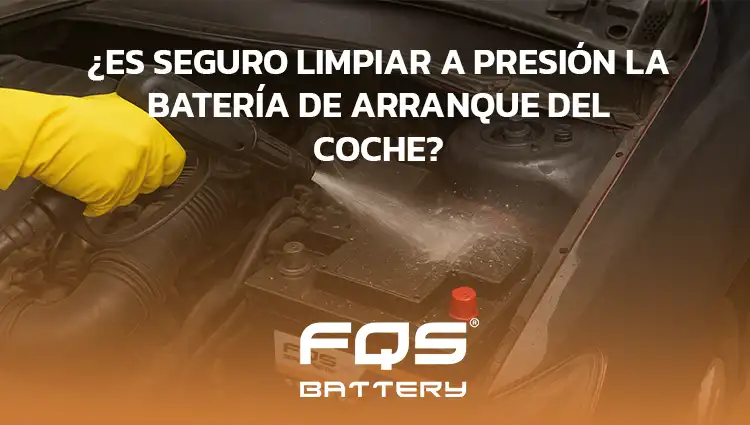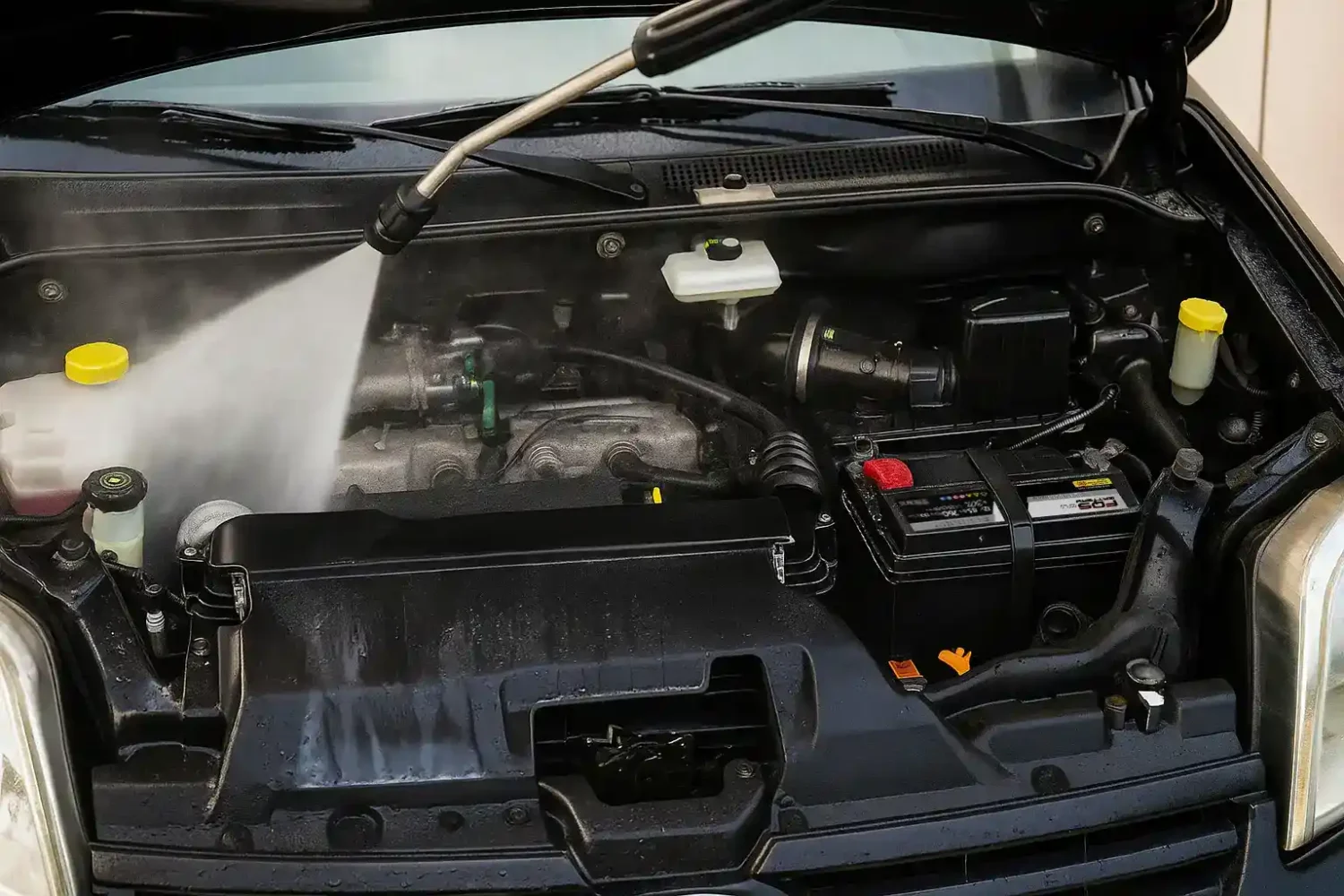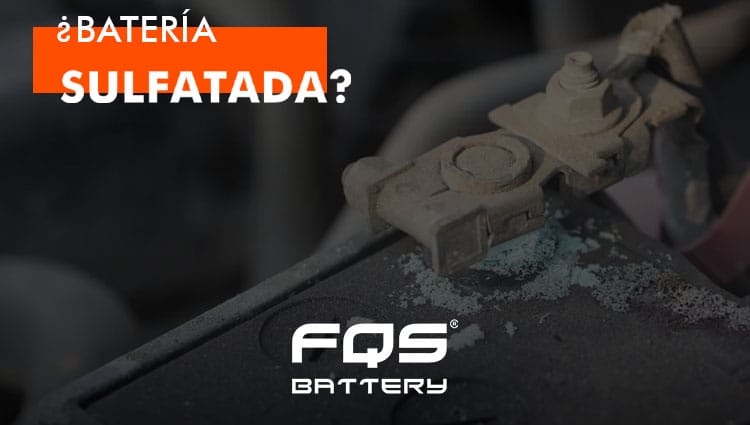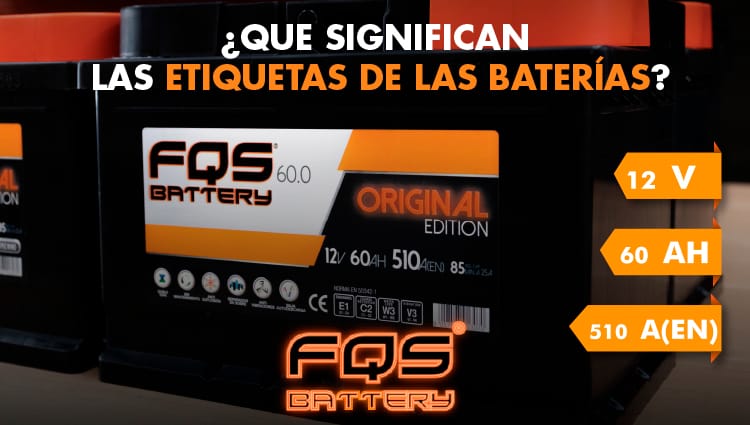In FQS Battery We receive technical questions from customers and workshops about battery maintenance. A common question is whether it is possible clean the starter battery with pressure water.
The answer is clear: It is not advisable to apply pressurized water under the hood, unless performed by a specialist with full knowledge of electrical and electronic components.
Risks of using pressurized water on the battery and engine
Although it may seem like a good idea to keep the engine compartment clean, using pressurized water can cause serious damage:
- Short circuits due to water entering electrical connectors.
- Failures in critical sensors (MAF, TPS, IAC, among others), which alter engine performance.
- Accelerated oxidation and sulfation in terminals, connectors and electrical components.
- Ignition problems or loss of power, accompanied by error codes on the OBD scanner.
In some cases, improper cleaning can cause breakdowns that require expensive parts replacement or even affect the vehicle's control unit.
Parts most sensitive to pressurized water
Under the hood there are components that should not be wet directly with high pressure jets:
- Alternator – may short-circuit or lose efficiency.
- Ignition coils: Humidity causes spark failures and engine jerks.
- ECU module (control unit): extremely sensitive to water; failure can immobilize the car.
- Fuse and relay boxes: Moisture can cause oxidation or poor contacts.
- Visible sensors (temperature, pressure, position, etc.): a simple drop in the connector can affect its reading.
Prepared for extreme climates
In FQS Battery We recommend safe cleaning and prevention methods:
- Manual cleaning: Use a dry or slightly damp cloth to remove dust.
- Eliminating corrosion on terminals: Apply a controlled mixture of baking soda and water with a soft-bristled brush. Never soak the area.
- Immediate drying: After cleaning, make sure the terminals and battery cover are completely dry.
- Preventive protection: Apply dielectric grease or technical petroleum jelly to the terminals to prevent sulfation.
- Periodic reviews: Check the fastening, cleanliness and condition of the terminals from time to time.
Fuel the engine
A common practice in workshops is what is traditionally known as “oil” the engineThe term comes from an old procedure that involved draining the oil, filling the crankcase with a mixture of petroleum and oil, running the engine for a few minutes, and then draining it. This was intended to remove carbon deposits, sludge, and varnish that had accumulated inside.
Today, the concept refers to a Comprehensive cleaning of the engine and all components located under the hood, with the aim of facilitating the detection of potential lubricating oil, fuel, or coolant leaks. This work must be performed by specialized professionals, who use specific techniques, tools, and products to ensure a safe and effective result.
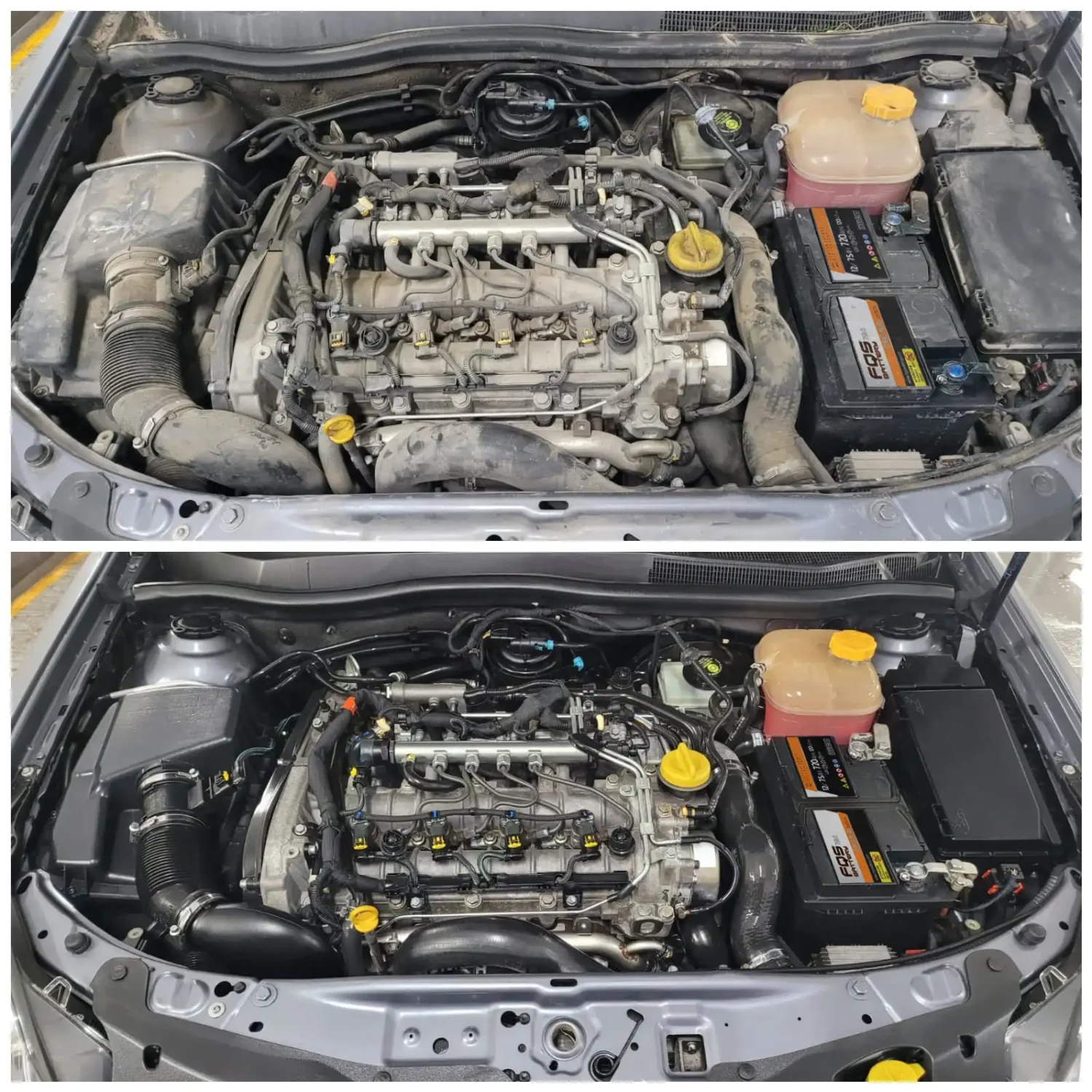
Conclusion
Keeping the battery free of corrosion is important, but Pressurized water under the hood poses a high risk to the vehicle's electronics.A cleaning mistake can lead to costly repairs.
Therefore, if the engine compartment needs to be cleaned, we always recommend going to a specialized workshop with the appropriate knowledge and tools.
In FQS Battery We are committed to providing technical advice and professional solutions to extend battery life and ensure the reliability of our customers' vehicles.

